Products in Stock
Lowest Prices
Express Delivery
10-Year Warranty
- 01942 355968
- support@dinodecking.co.uk
- Mon - Fri: 9:00 - 17:30
Early July Sale. Up To 15% Off.
2,962 reviews on
4.7/5 rated Excellent
Products in Stock
Lowest Prices
Express Delivery
10-Year Warranty
Early July Sale. Up To 15% Off.
Videos & Guide
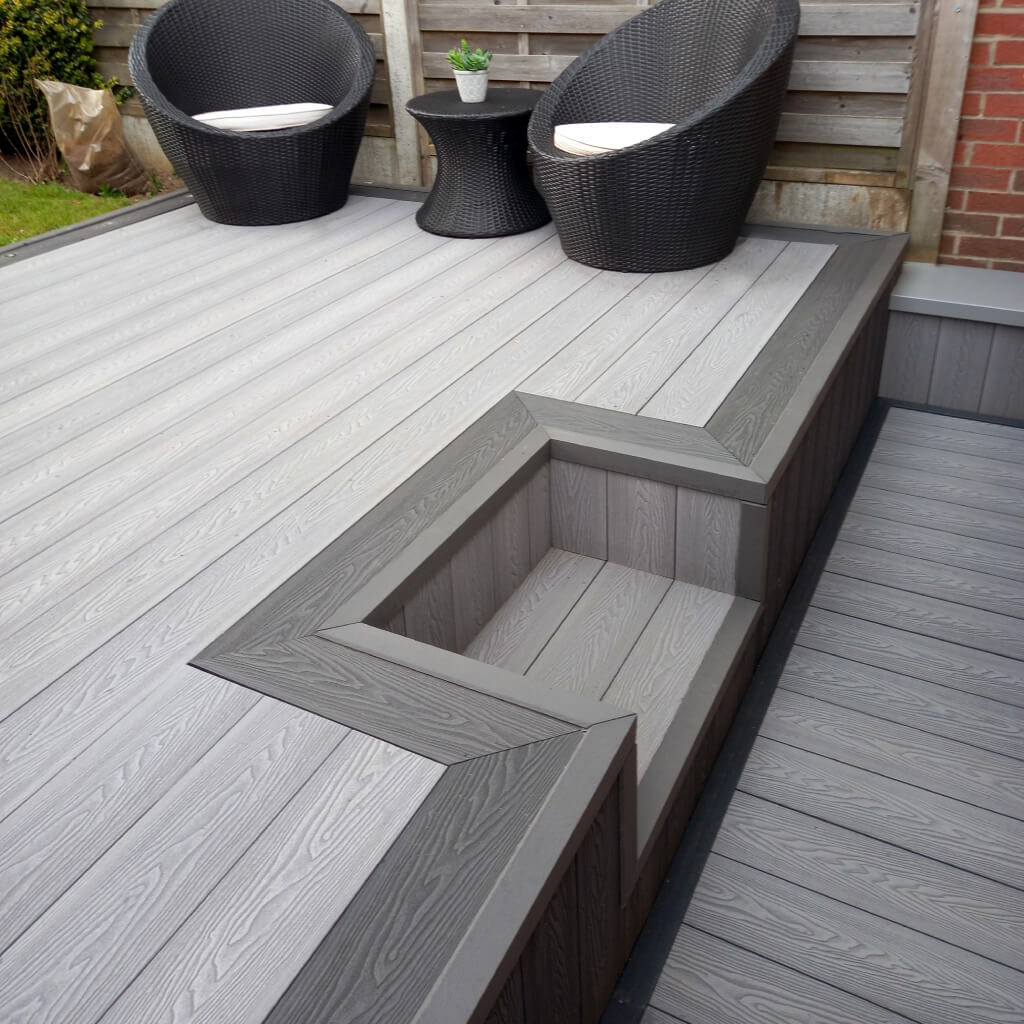
This guide offers a comprehensive breakdown of the installation process, complete with individual sections dedicated to various components essential for a successful composite decking project. Each section features a detailed video tutorial along with step-by-step images and accompanying text, providing a comprehensive resource for every aspect of the installation. From the Composite Batten to Pedestals, Aluminium Joist, Fixings, Edging Trim, Skirting Board, and Bullnose Edge, every element is meticulously covered to ensure clarity and ease of understanding.
Whether you’re a seasoned DIY enthusiast or embarking on your first decking project, this guide equips you with the knowledge and confidence needed to achieve professional results. With our detailed instructions and visual aids, you can navigate each stage of the installation process with precision and efficiency, bringing your decking vision to life with ease.
This video encompasses the following components of the installation process:
For a detailed step-by-step picture and text guide or individual video tutorials for each product installation, please refer to the sections below.
While hiring a professional fitter isn’t necessary for installing your composite decking, you can confidently tackle the task yourself by following these straightforward steps. Even without prior construction experience, you’ll find it manageable.
However, if any aspect of the installation process leaves you uncertain, it’s advisable to enlist a professional’s help to ensure safety and precision. Should you proceed with a DIY approach, remember to prioritize your safety by wearing appropriate protective gear.
For all projects, including domestic or residential ones, maintaining the correct joist centres at 300mm is crucial. This ensures structural integrity, preventing flexing or bowing that could damage the boards and pose safety risks. A smaller joist spacing results in stronger decking, capable of withstanding higher foot traffic.
The decking should slope at around 10mm per meter towards a drainage area to allow water to drain easily. Additionally, your decking should be laid perpendicular to or at a 45-degree angle to the joists in the subframe to ensure structural integrity.
Our reversible decking boards provide flexibility in installation. You can choose either side – one features a natural wood grain effect, while the other displays a modern ridged pattern. Whether you prefer a single style or a blend of both for various garden areas, the decision is entirely aesthetic.
By following these detailed instructions, you’ll ensure a sturdy and professional installation of your decking using either the 3mm or 6mm clips.
To install your decking with the 3mm clips, follow these steps:
Step 1
Begin by positioning a starter fixing clip on each of your joists, ensuring joists are spaced at 300mm intervals.
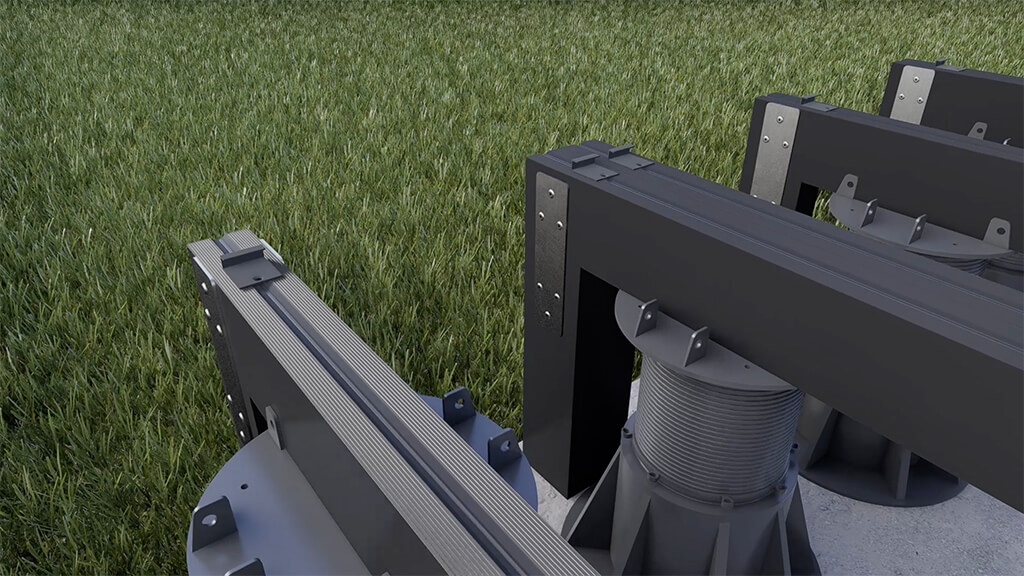
Step 2
Place your first decking board onto the joists.
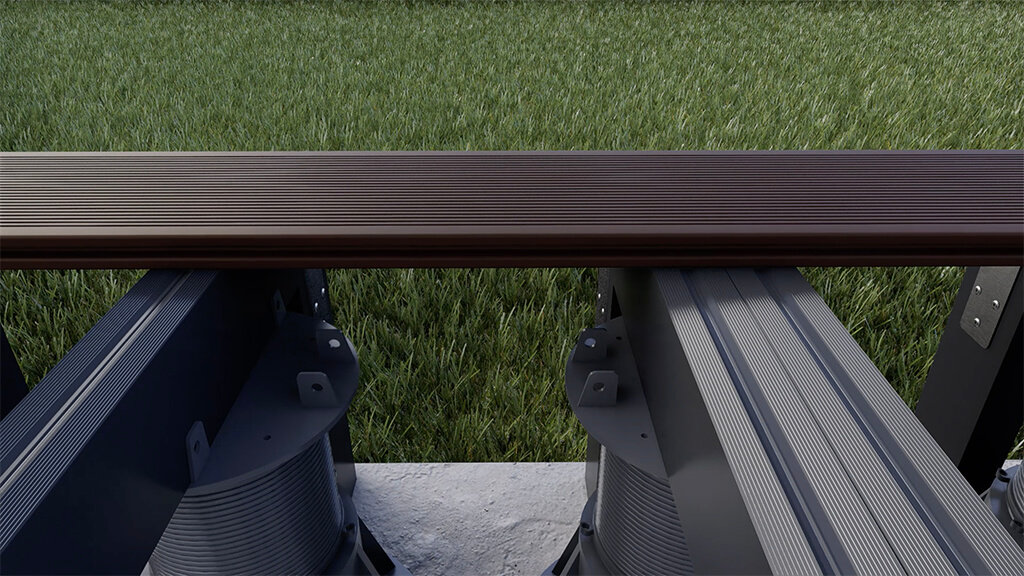
Step 3
Attach a 3mm hidden fixing clip on the opposite side of the decking board, using screws to secure firmly in place.
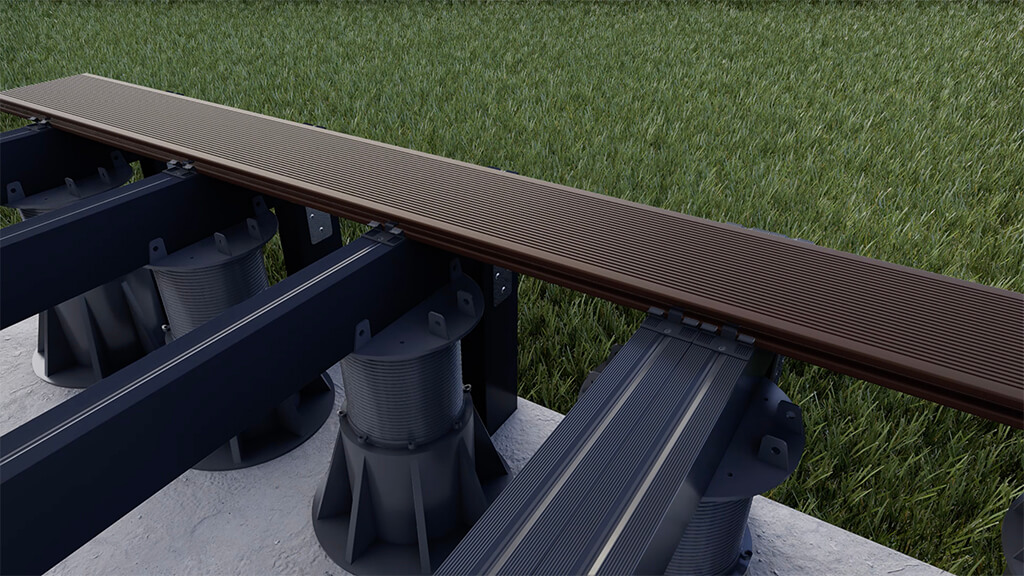
Step 4
Proceed to install the next decking board, repeating the process of placing the hidden fixing clip.
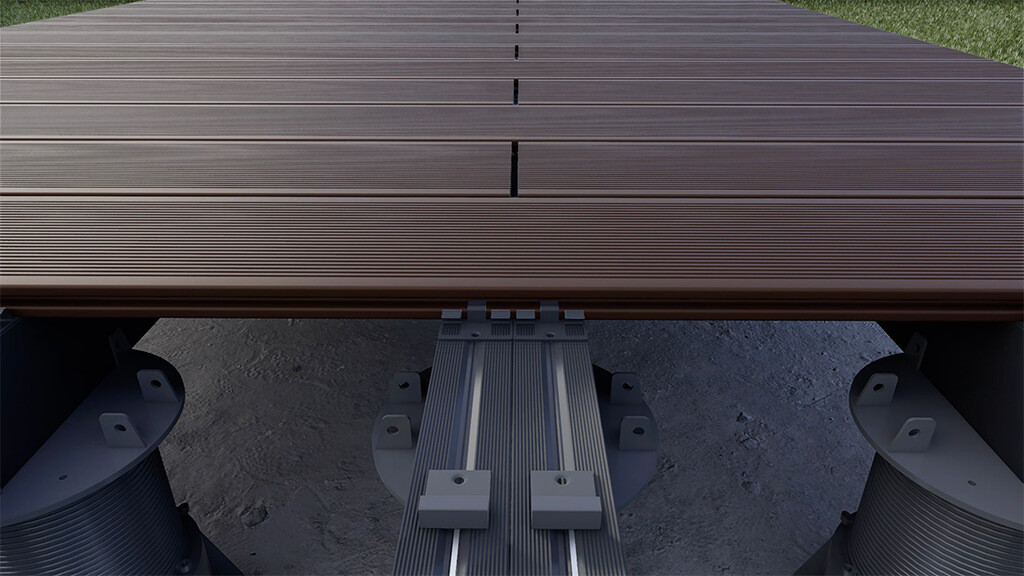
Step 5
Continue this pattern until you reach the final board.
For the final board, install the starter fixing clips onto the joists and then slide the board into place securely.
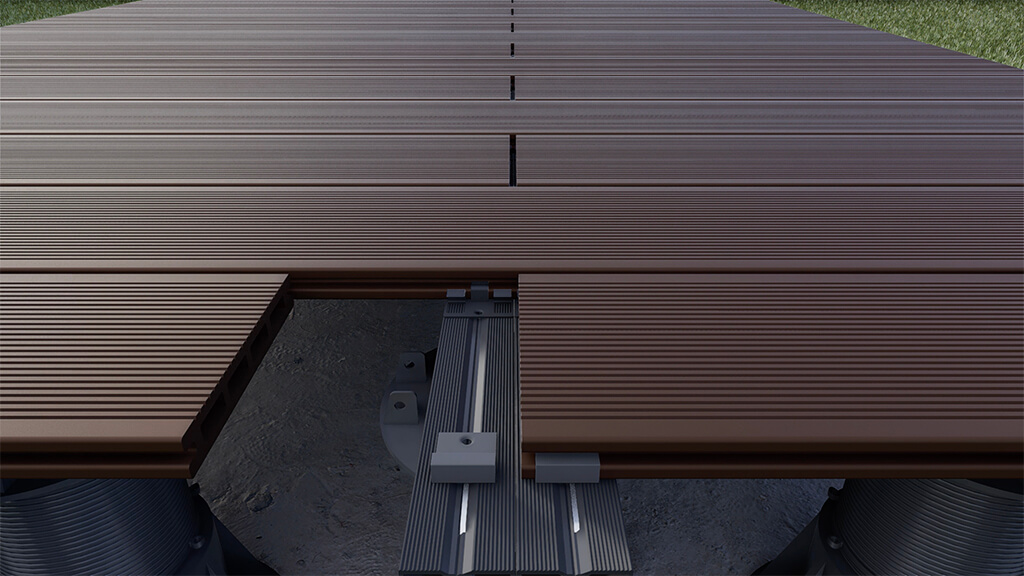
When installing a deck with the 6mm clips, the process is slightly different:
Step 1
Slide the 6mm clips down the length of the decking boards meeting each joist spaced at 300mm intervals.

Step 2
screw the 6mm clips into position to secure each decking board to the substructure below.
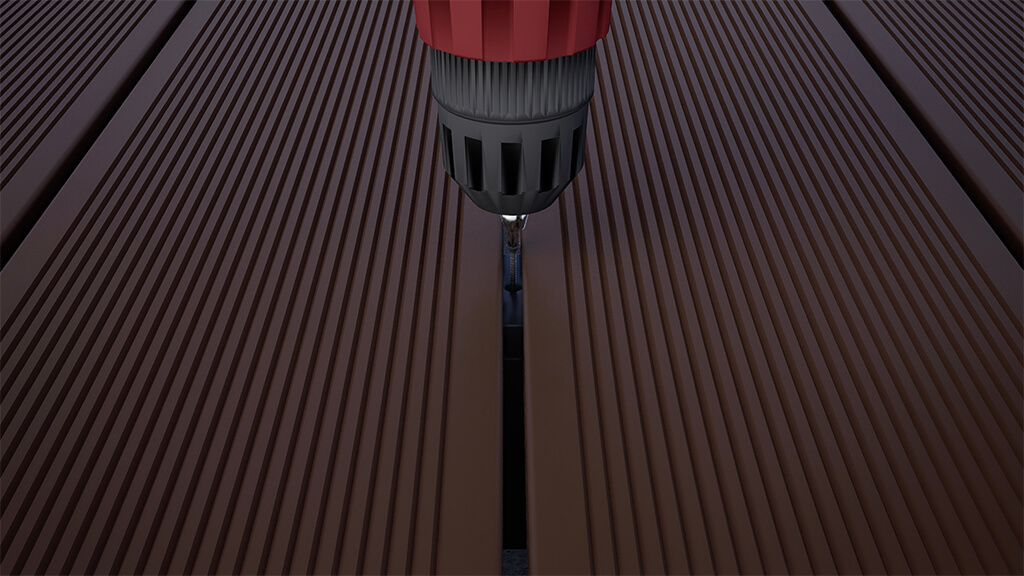
A Composite Decking Substructure may utilise either composite battens/joists or raised aluminium joists supported by plastic adjustable pedestals. These options provide versatile and durable support for the decking material.
Step 1
Proper Slope for Drainage: When laying the composite batten on the surface, it’s essential to create a slope of 10mm per meter towards a designated drainage area. This slope will allow water to flow easily and prevent pooling.
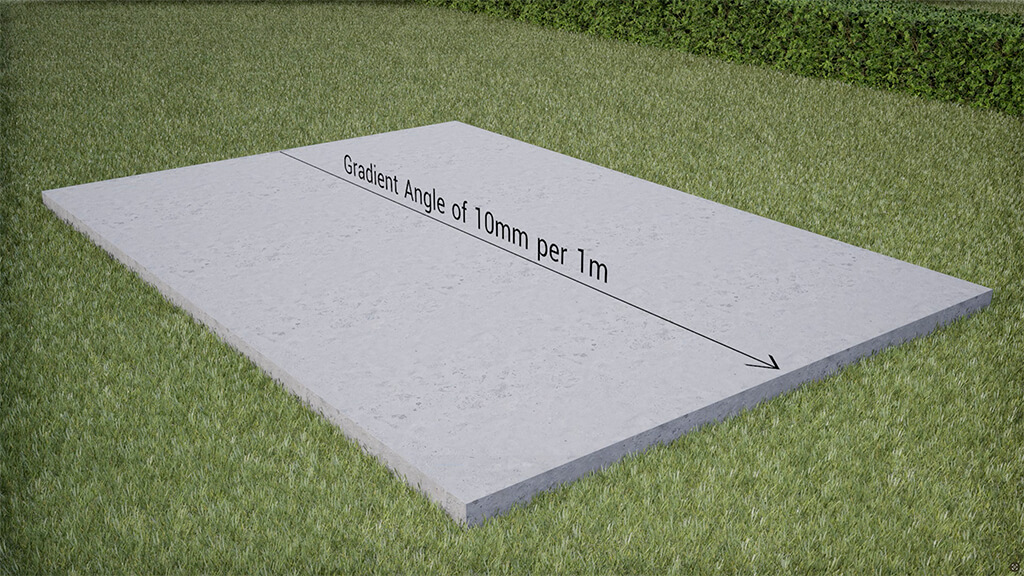
Step 2
Batten Placement: Lay the battens flat on the surface while ensuring that the centres of your joists are spaced at a maximum of 300mm apart. This spacing is crucial for providing adequate support for your decking.
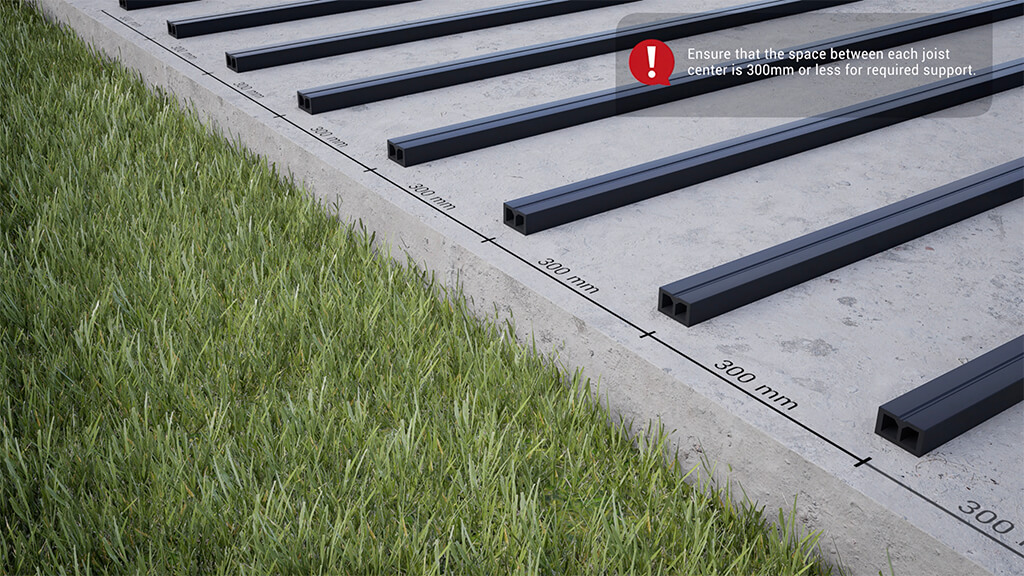
Composite battens/Joists should be used on a flat surface when a deck is is not required to be raised.
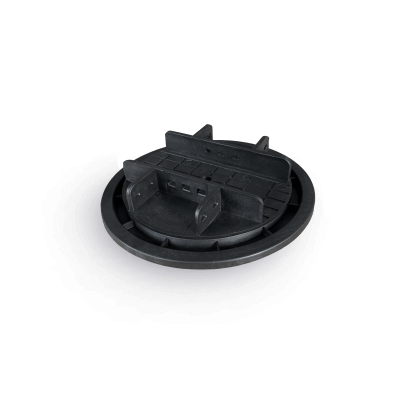
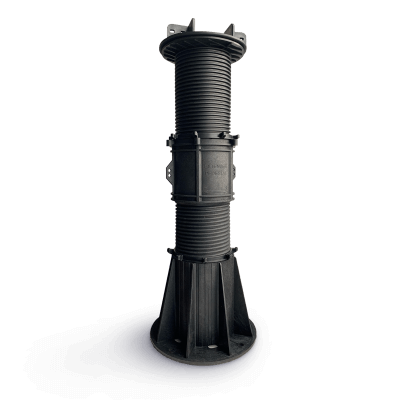
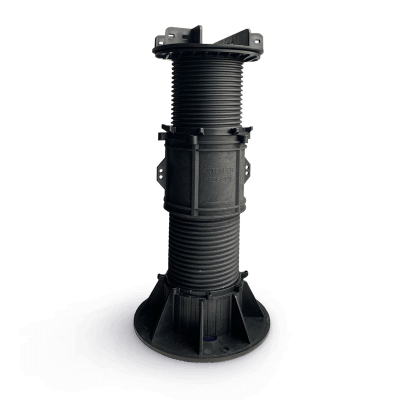
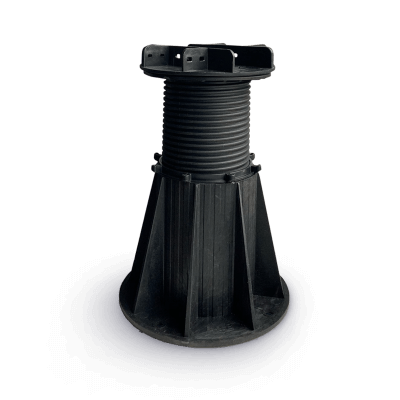
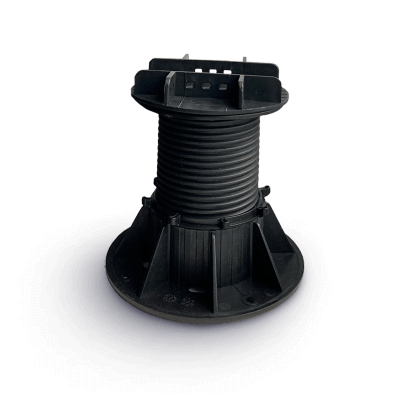
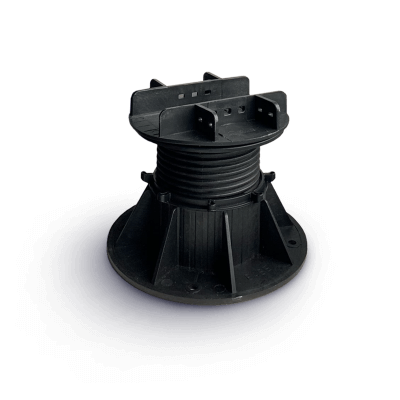
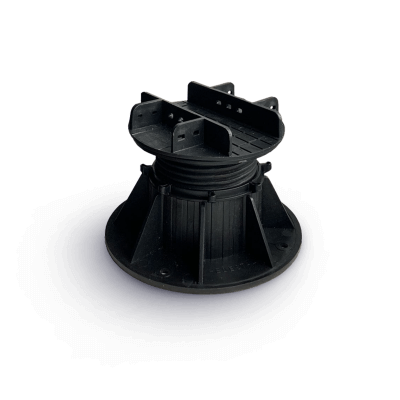
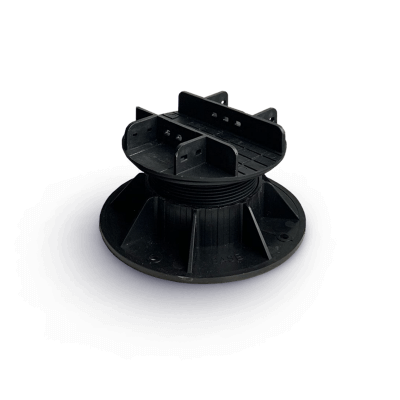
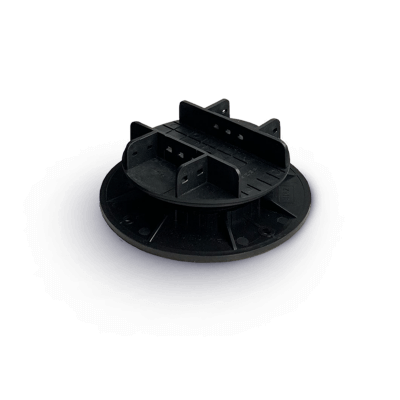
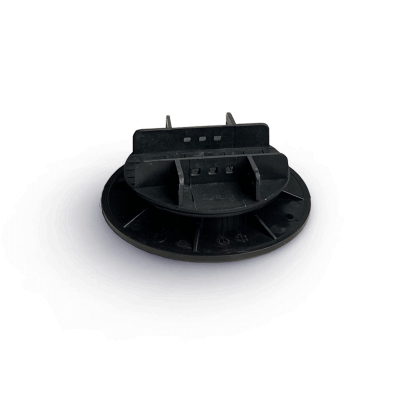
Step 1
Construct all pedestals.
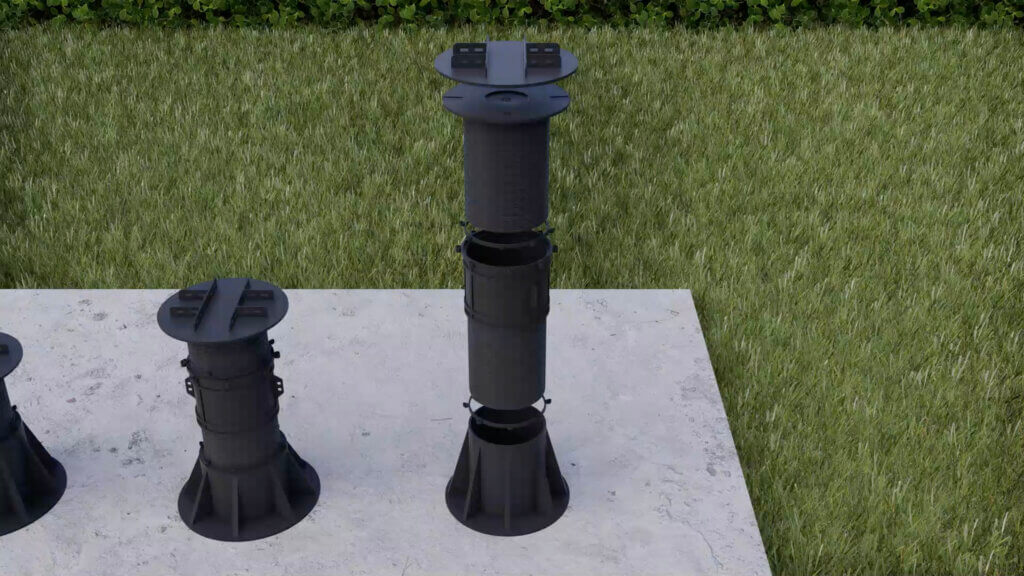
Step 2
Ensure the ground allows for a slope of 10mm per meter towards a designated drainage area. This slope will allow water to flow easily and prevent pooling on top of the completed deck.
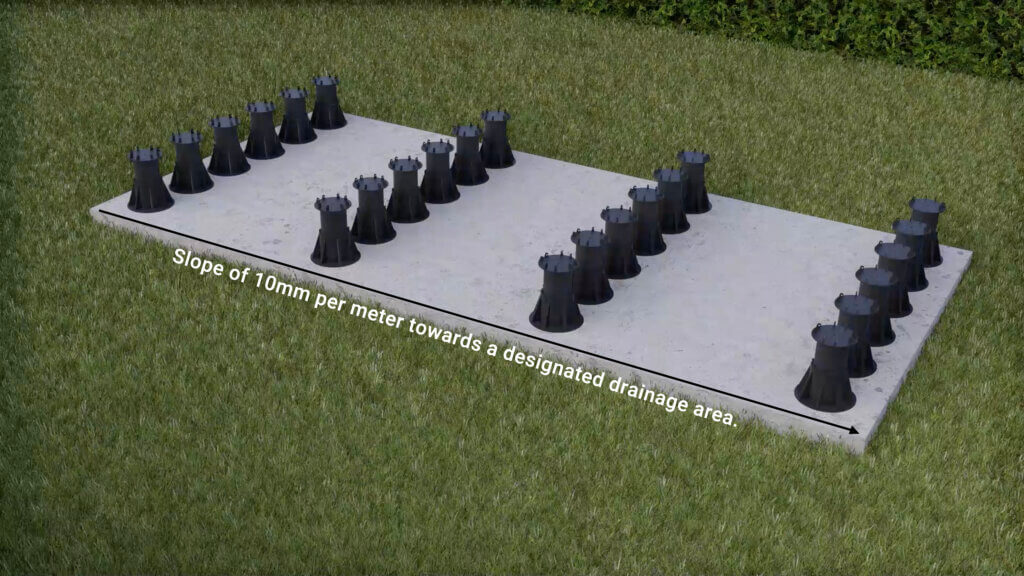
Step 3
Pedestals should be spaced 1200mm apart to support the length of the aluminium joist. Therefore each aluminium joist will have 4 pedestals supporting it across the 3.6m length.
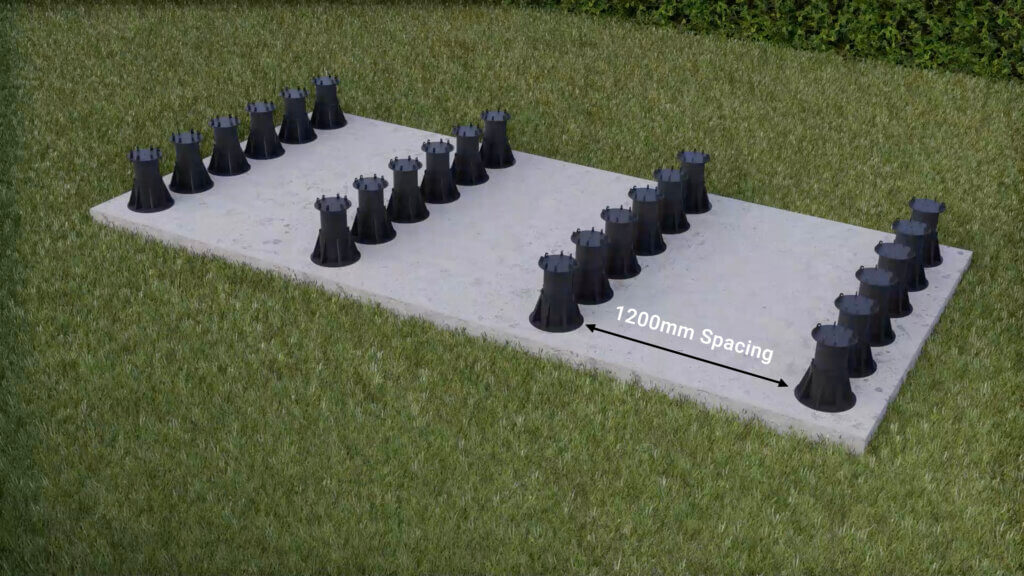
Step 4
Adjacent Pedestals should be spaced 300mm apart, to support the length of the composite decking board.
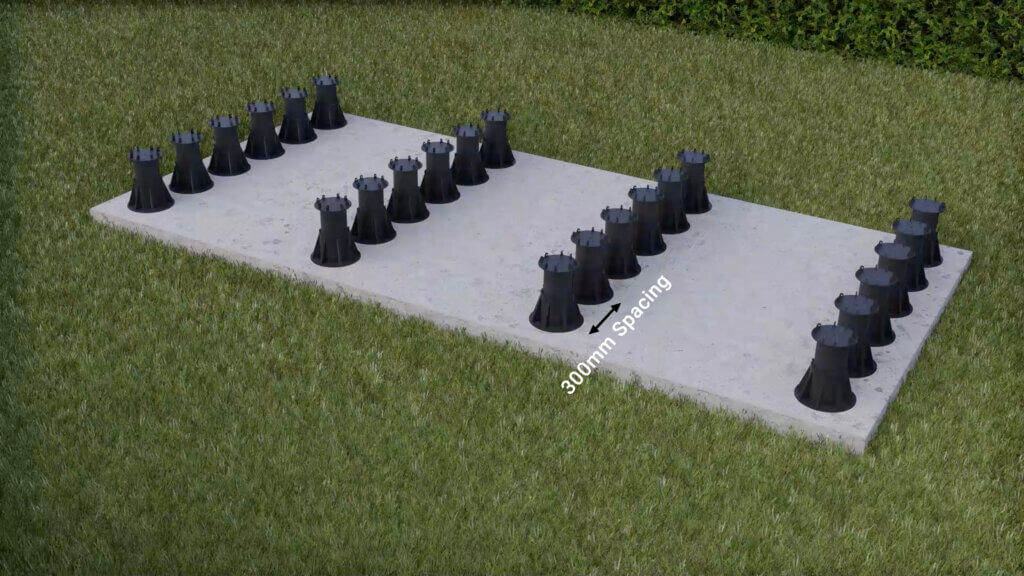
Aluminium joists are perfect for raising decks with pedestals due to their exceptional strength. This video provides a step-by-step guide to ensure optimal structural integrity, including precise spacing and adding extra joists along the perimeter with joist hangers. Viewers will learn how to securely attach vertical joist pieces to the framework using metal brackets and rivets, creating a sturdy foundation for their decking project.
Step 1
Position the aluminium joists precisely at 300mm centres across your area with supports at every 1200mm.
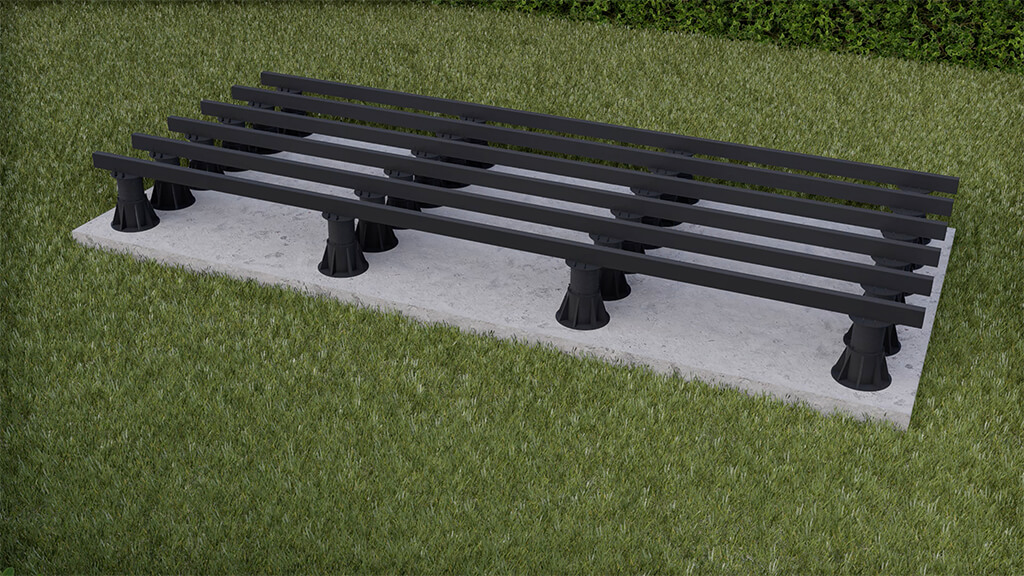
Step 2
Along the perimeter, integrate additional joists using joist hangers. Ensure a strong attachment with rivets.
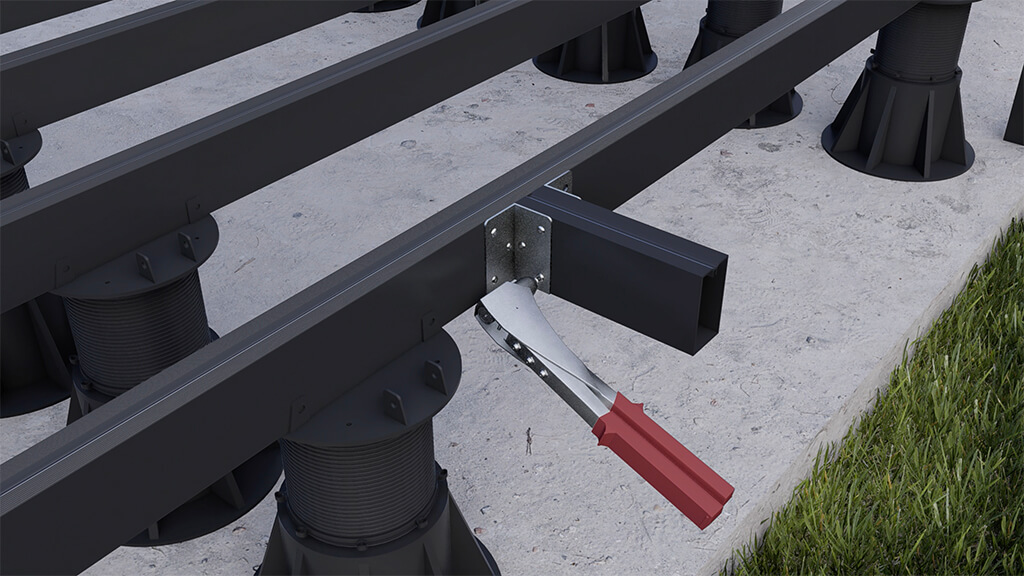
Step 3
Affix vertical joist pieces securely to the existing framework using metal brackets and rivets.
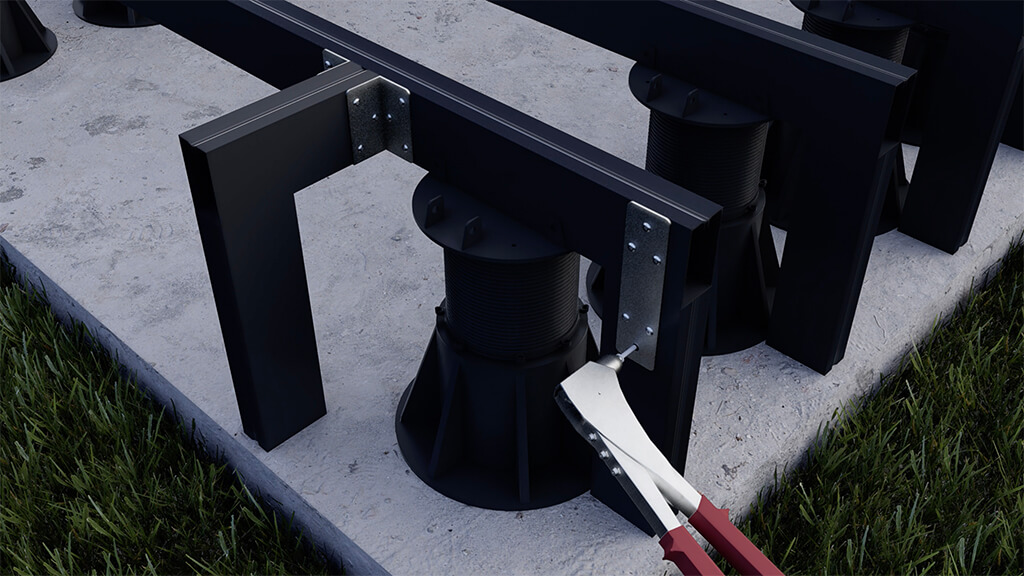
The completion of most composite decks often entails the addition of accessories like skirting/fascia boards, edging/corner trims, or bullnose edges. Edging / corner trims are used where a quicker, easier installation is required.
Step 1
To achieve precise corners and joints, you can mitre the edging trims using a circular/chop or mitre saw. This will ensure a clean and professional finish to your installation.
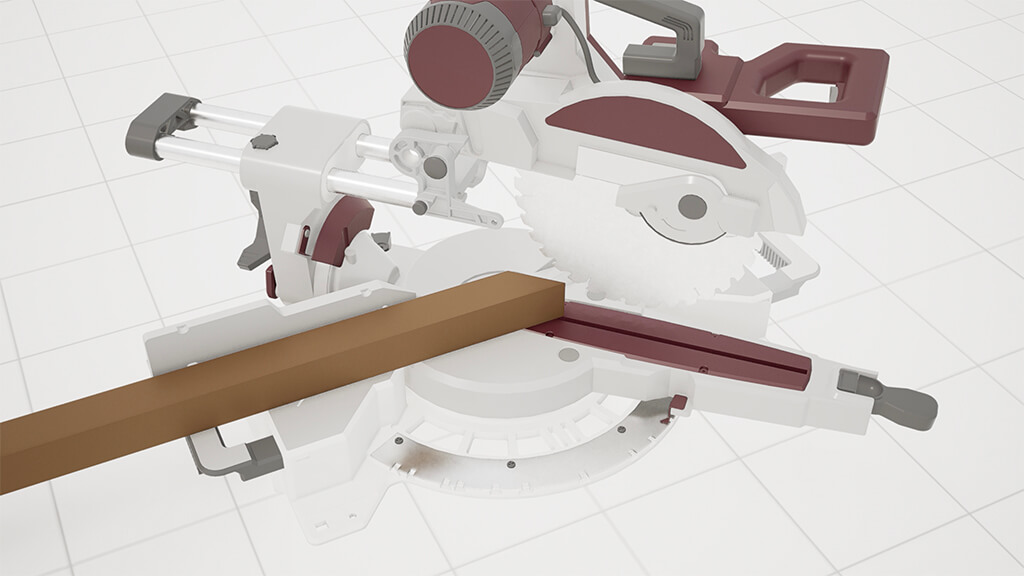
Step 2
Before applying adhesive, make sure the surface is completely free from debris and clean and then apply outdoor grab adhesive to the designated surface area. Position the edging trim into place, ensuring it adheres firmly to the adhesive. Leave a space of 4-6mm where two edging trims meet. This gap is crucial to accommodate expansion.
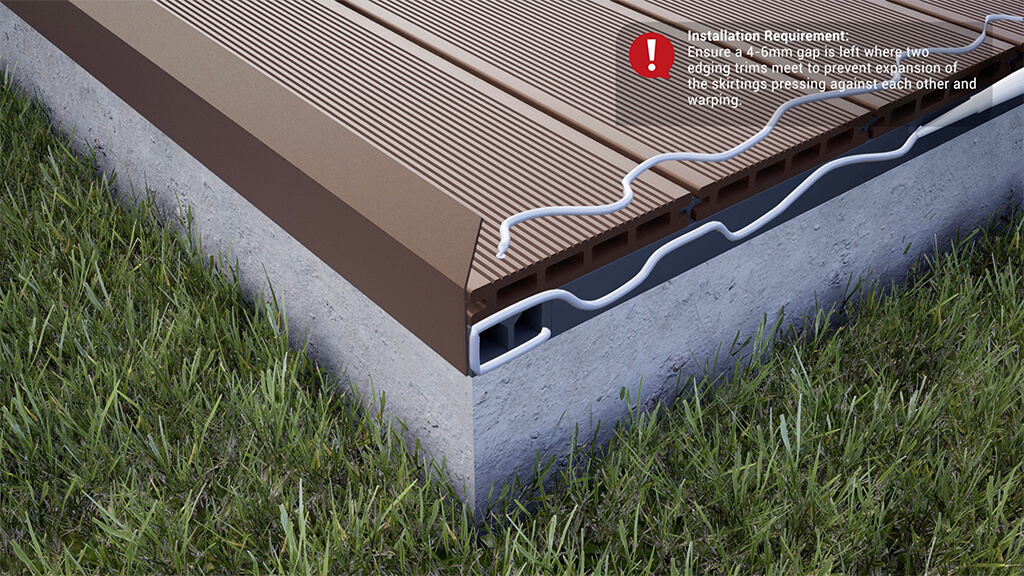
Step 3
(alternative fixture method)
When using screws, it’s essential to pre-drill the edging trim to prevent any damage to the product.
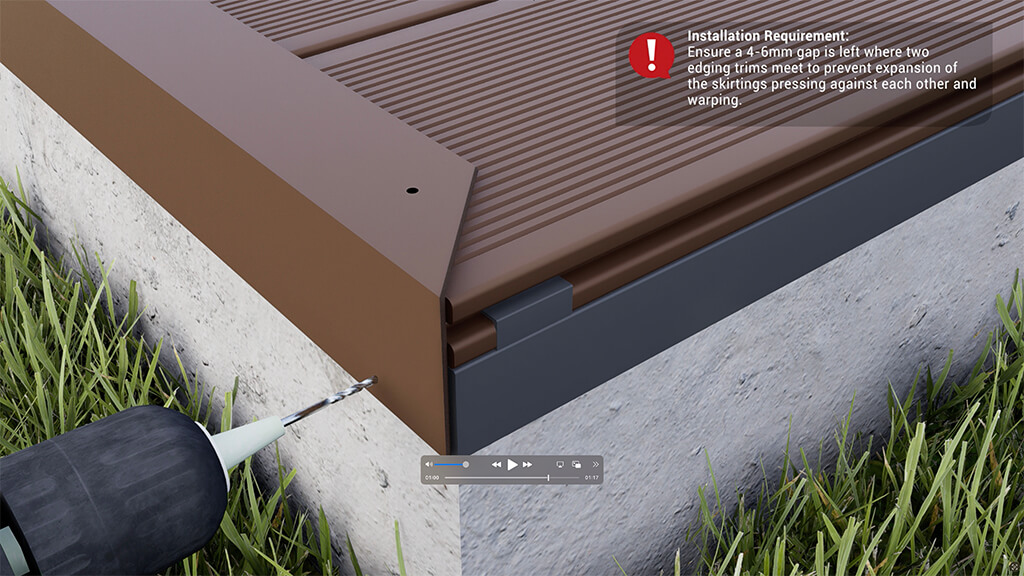
Step 4
(alternative fixture method)
Carefully screw the edging trim into place, making sure it is securely fastened and ensuring you maintain a 4-6mm gap where two edging trims meet to allow for expansion.
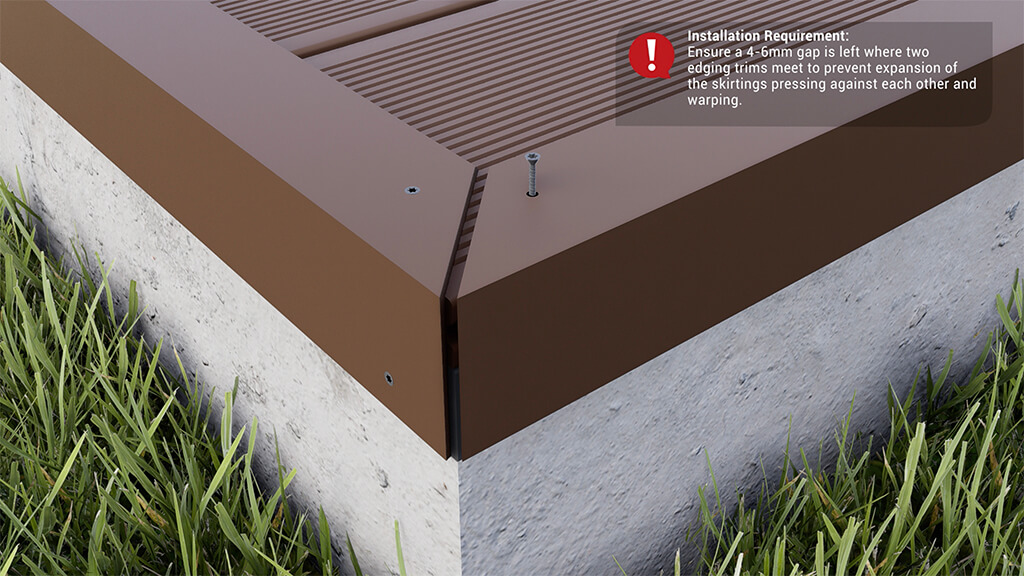
Installation of fascia/skirting boards on composite decking, focusing on finishing the deck’s vertical sides with precision. It covers each step, from cutting to securing the fascia boards, to help you achieve a seamless and polished look that enhances both aesthetics and durability. Whether you’re a DIY enthusiast or a professional, this video provides valuable tips for perfecting the vertical finishing touches of your composite decking project. There are two methods of installation; Adhesive (step 1-2), or, Screw (Step 3-4).
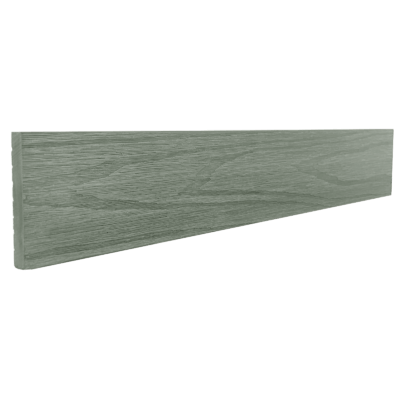
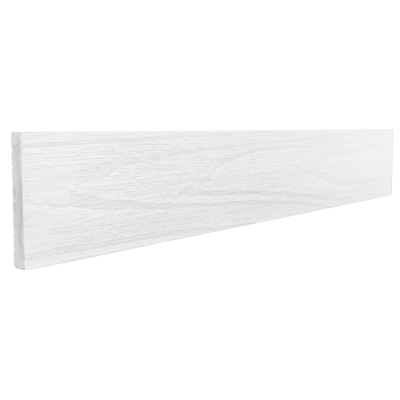
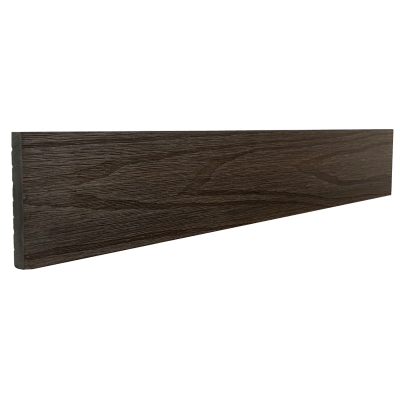
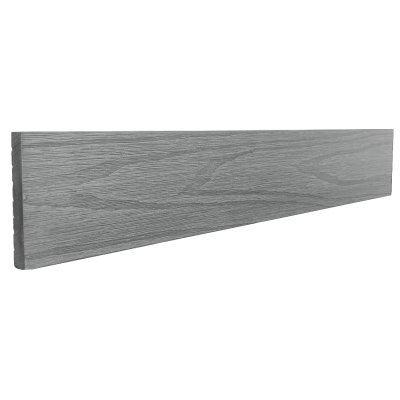
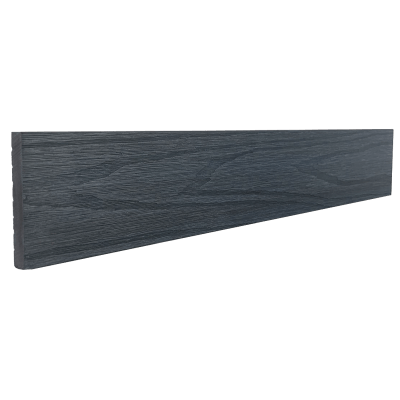
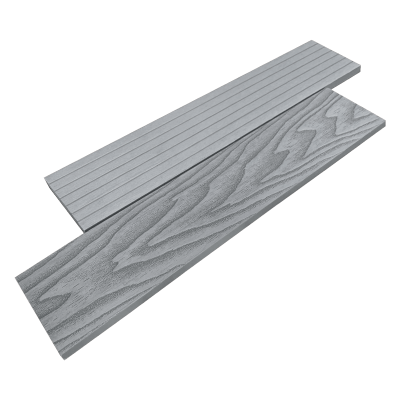
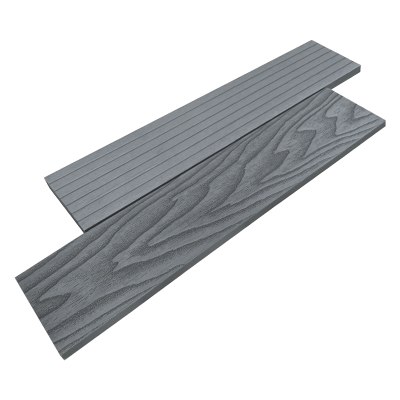
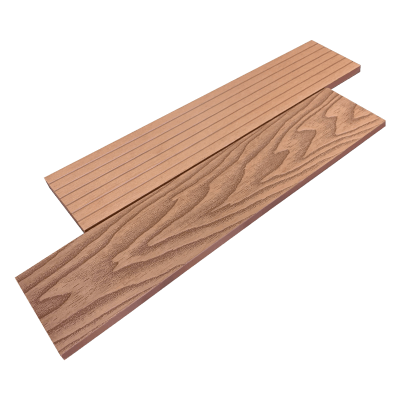
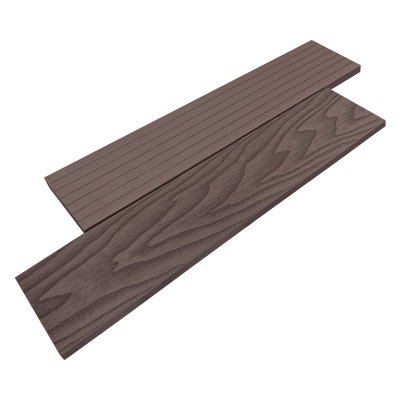
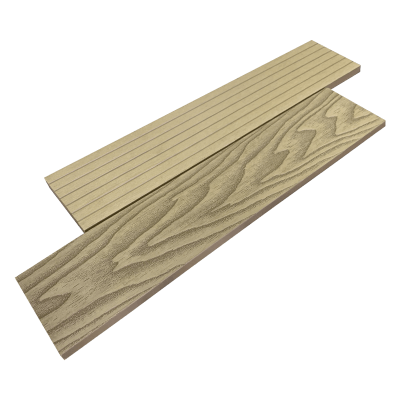
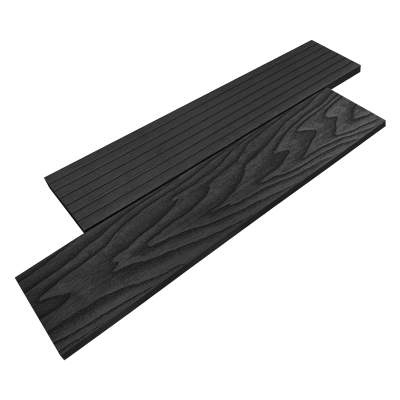
Step 1
Achieve precise corners and joints by mitring the skirting boards using a chop or mitre saw, ensuring a clean and professional finish to your installation.
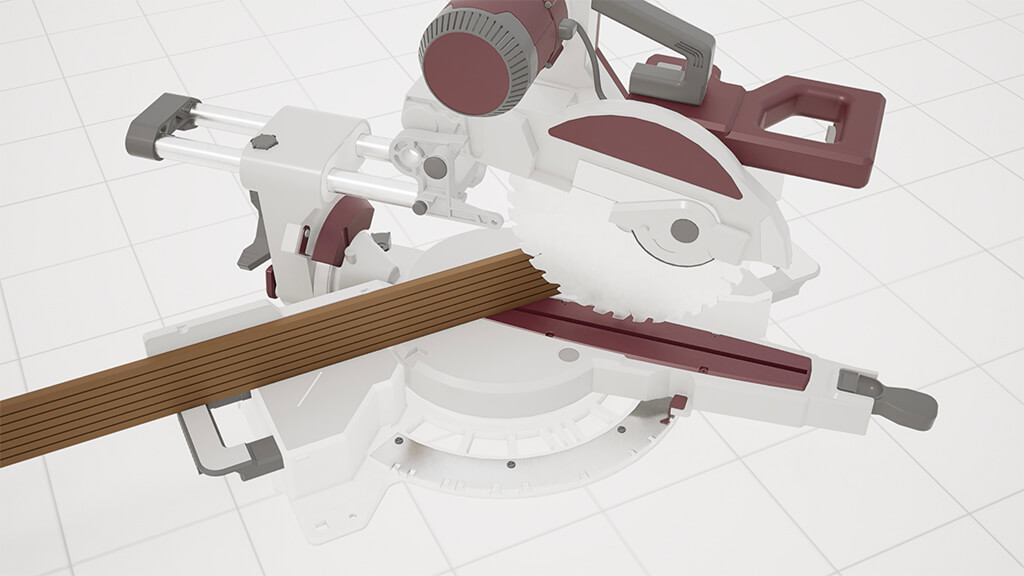
Step 2
Before applying adhesive, thoroughly clean the surface of debris and ensure it’s clean. Apply outdoor grab adhesive to the designated area and position the skirting board firmly onto it.
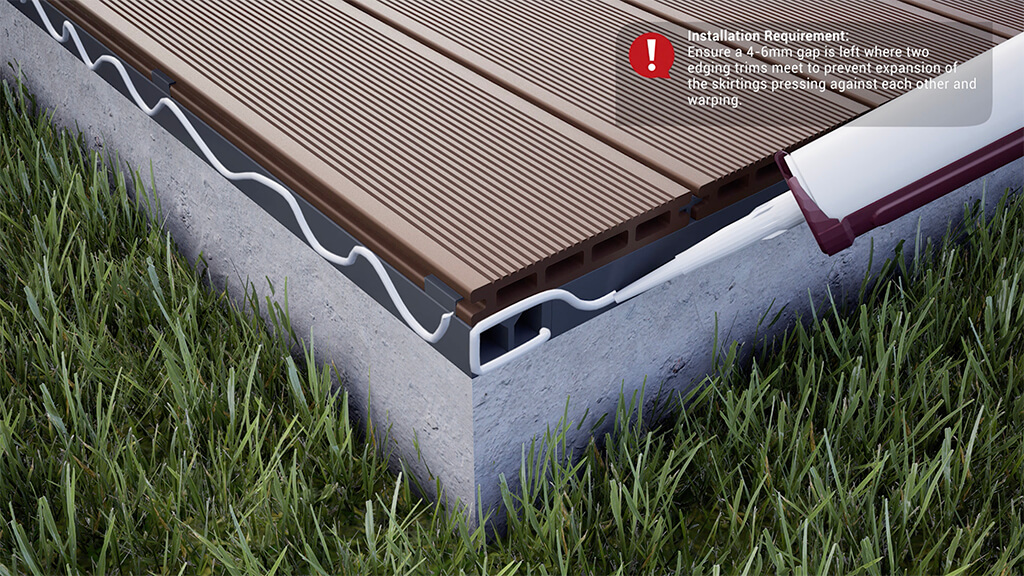
Step 3
Leave a gap of 4-6mm where two skirting boards meet to accommodate expansion.
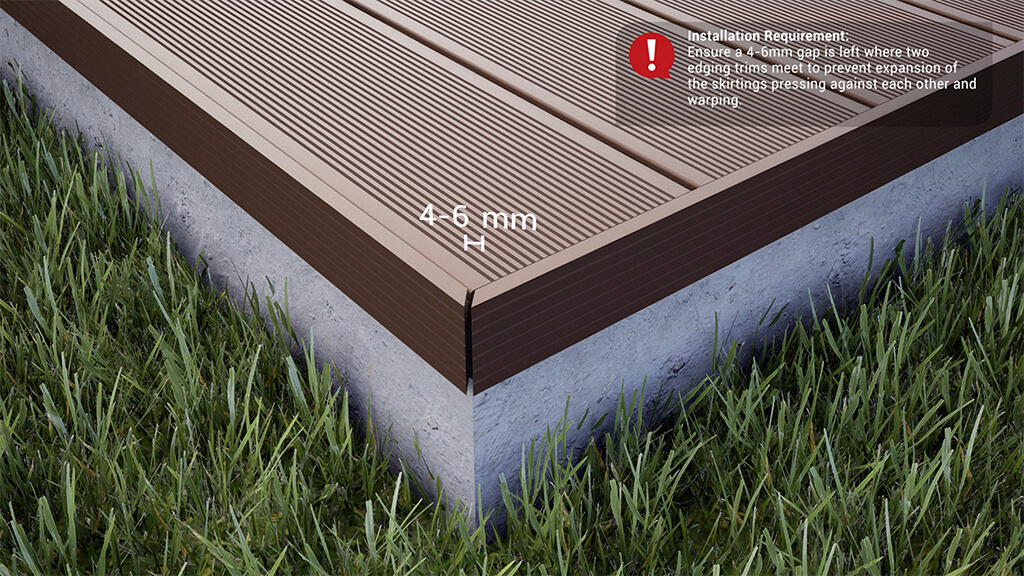
Step 4
(alternative fixture method)
Pre-drill the skirting board before using screws to prevent any damage.
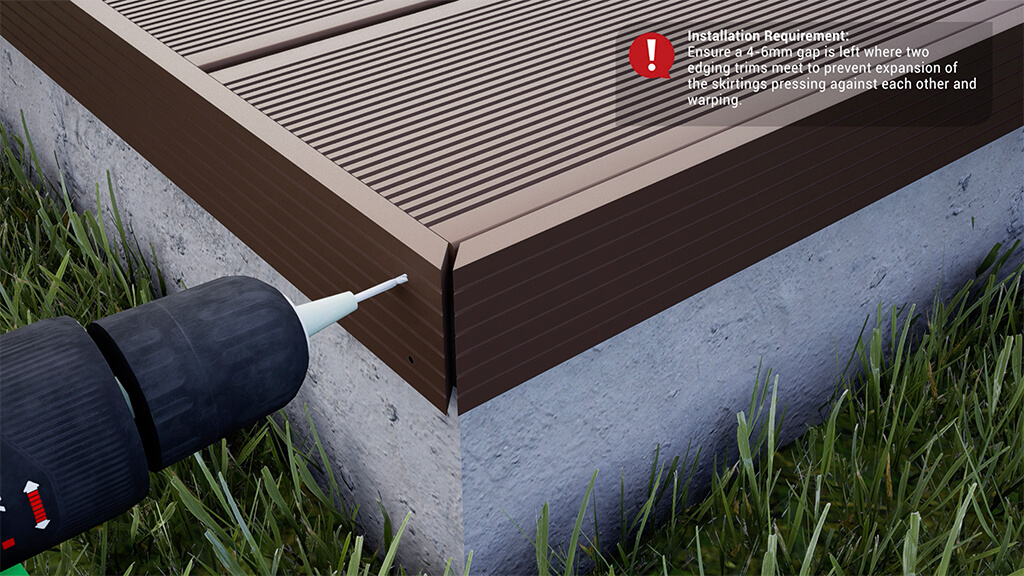
Step 5
(alternative fixture method)
Securely fasten the skirting board into place with screws, maintaining a 4-6mm gap where two skirting boards meet to allow for expansion.
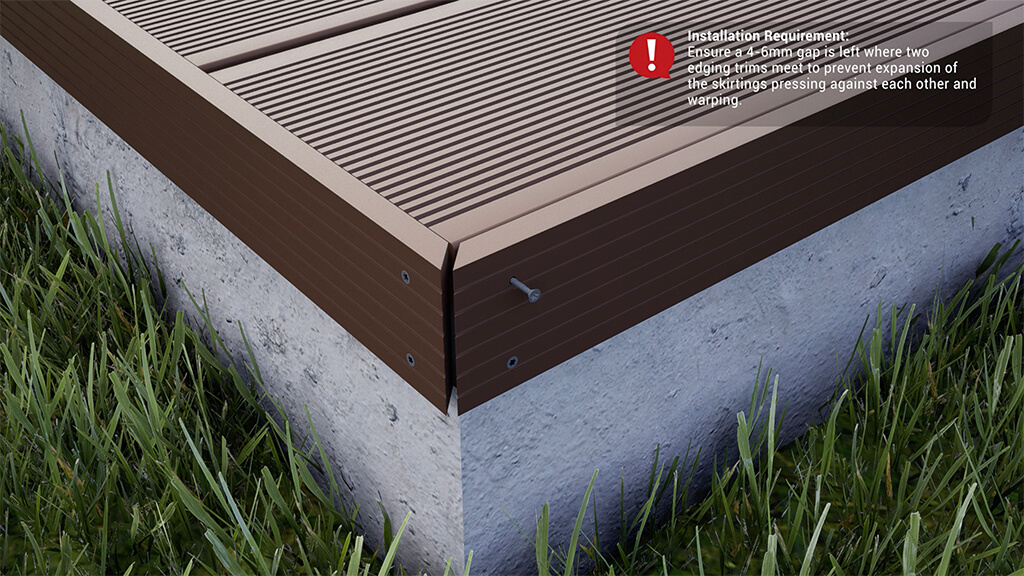
Installing 90 degree corner trim for composite decking with clear, step-by-step instructions. This short guide covers the best method of securing the trim, offering useful tips to improve your deck’s look and durability. Suitable for both beginners and professionals, this video helps you successfully complete your composite decking project.
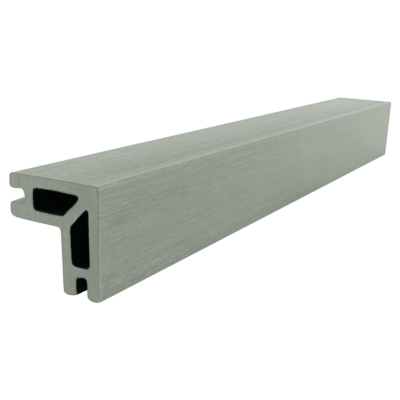
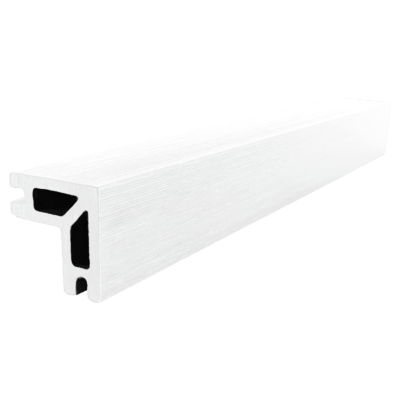
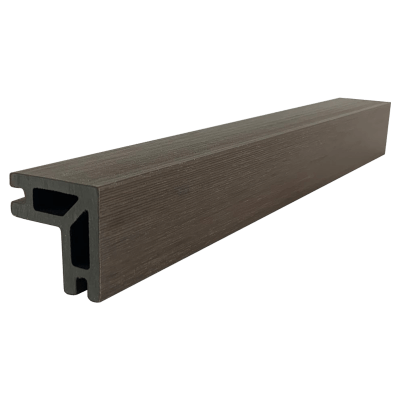
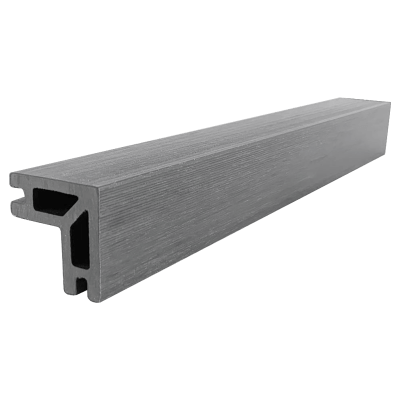
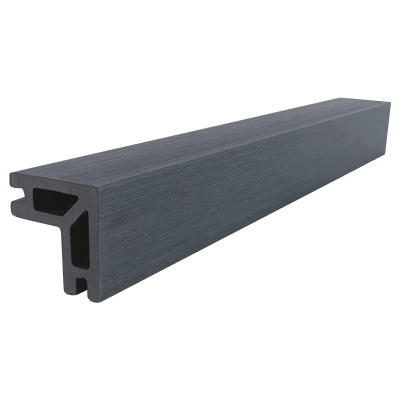
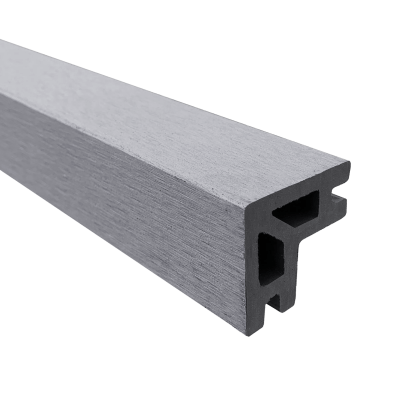
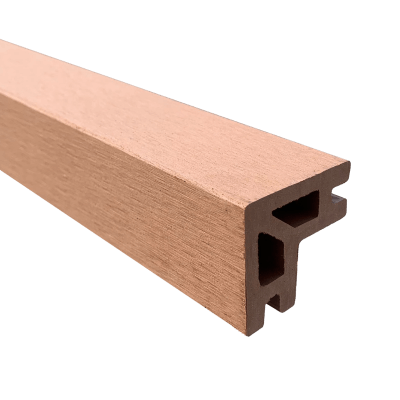
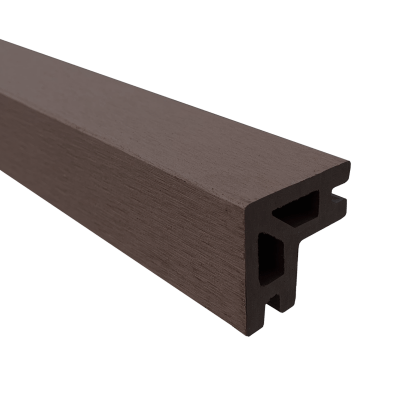
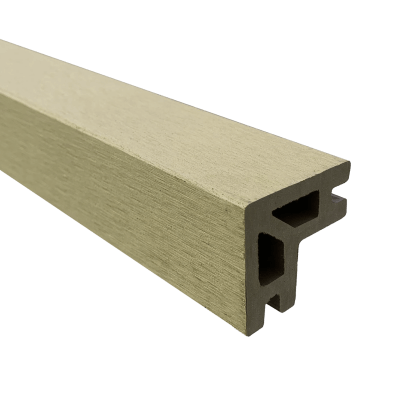
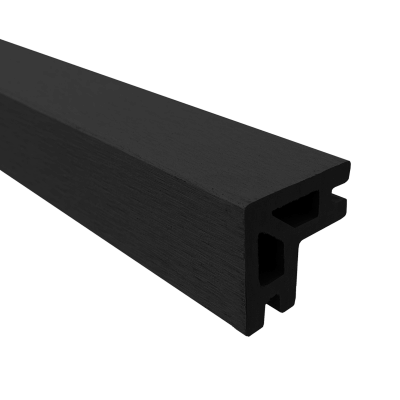
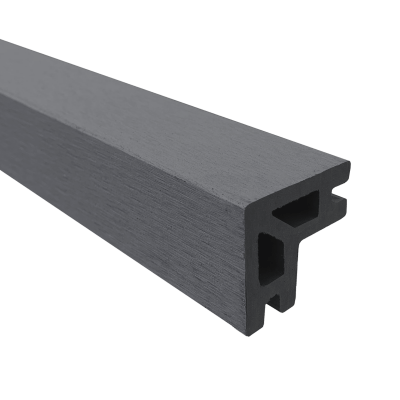
Installing a bullnose edging trim is a great way to give your project a professional and finished look. The process is a little more difficult to install that using a corner / edging trim.
Step 1
Attach the 3mm or 6mm fixing clips to each joist.
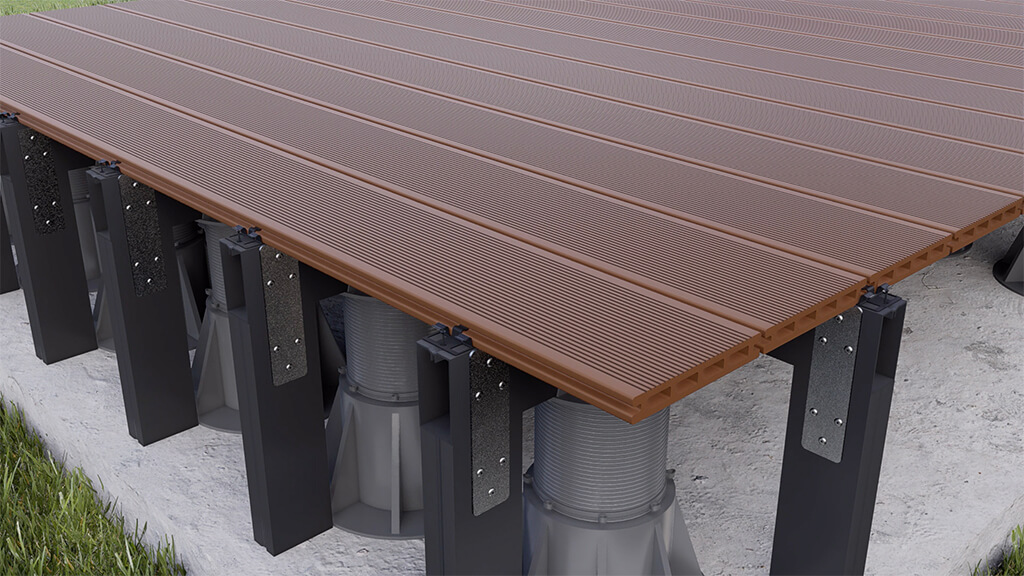
Step 2
Apply an adhesive on the edge of the joist where the bullnose will be installed.
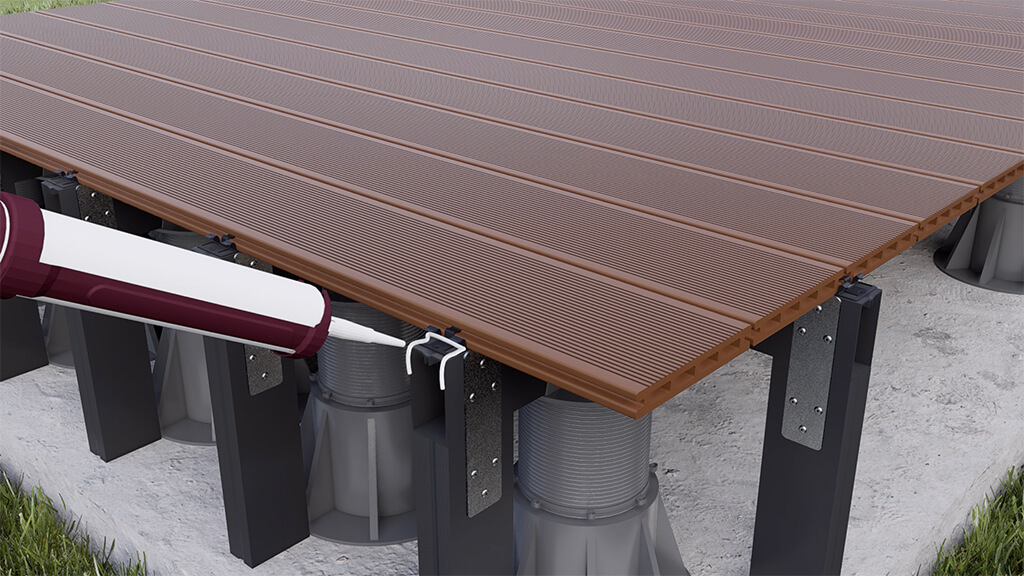
Step 3
Then, measure and cut the bullnose trim to the desired length mitre-ing any corner joints at 90 degrees.

Step 4
Once the fixings are attached, carefully align the bullnose trim with the edge of your project and press it firmly into place. Ensuring you work from one end of the bullnose to the other securing each clip as you move along the length.
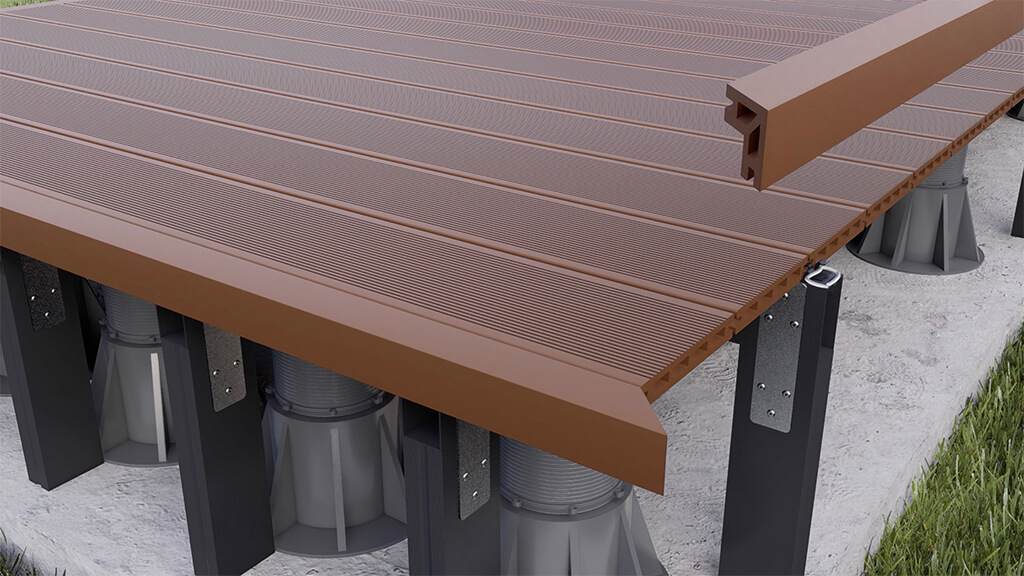
Step 5
To ensure the bullnose is secured in place, secure a 3mm or 6mm clip to the underside of the bullnose edge and screw them into the joist to hold the bullnose in place.
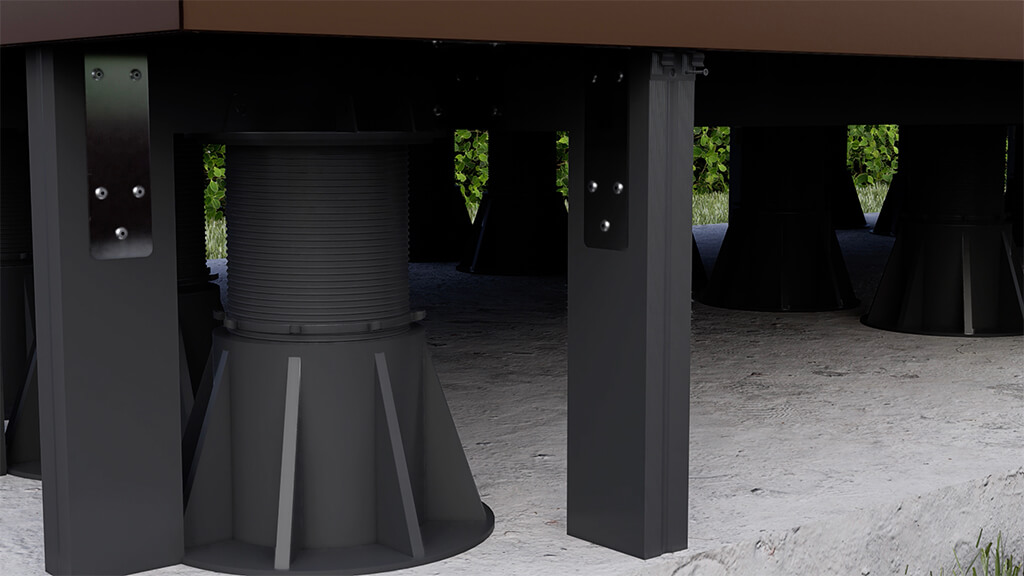
Step 6
Secure your next decking board vertically onto the fixing clip and repeat to create the face of the desired raise height of the deck. In our example, only 2 decking board height is used.
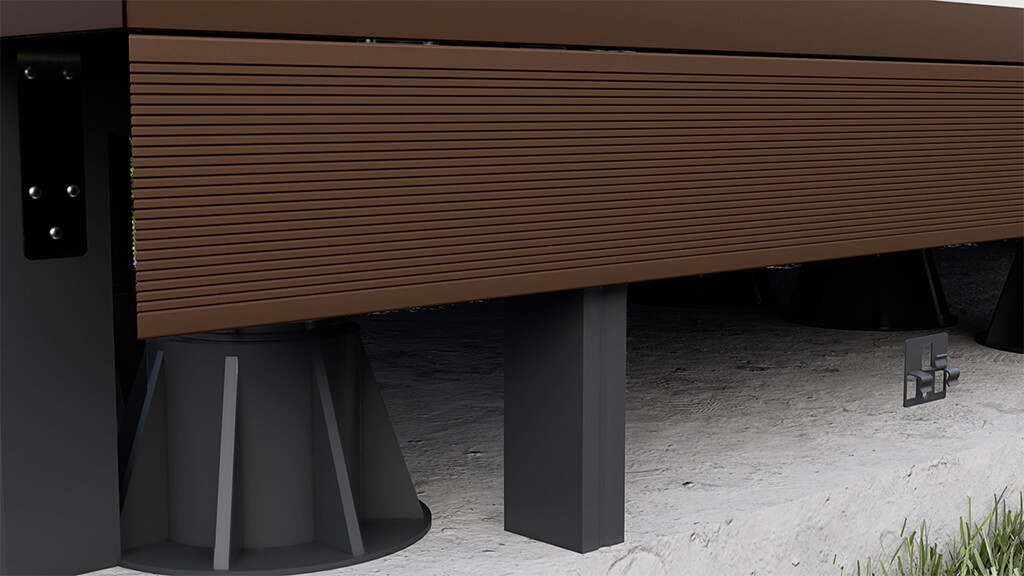
Step 7
Install a Starter Fixing at the bottom of the vertical Joist.
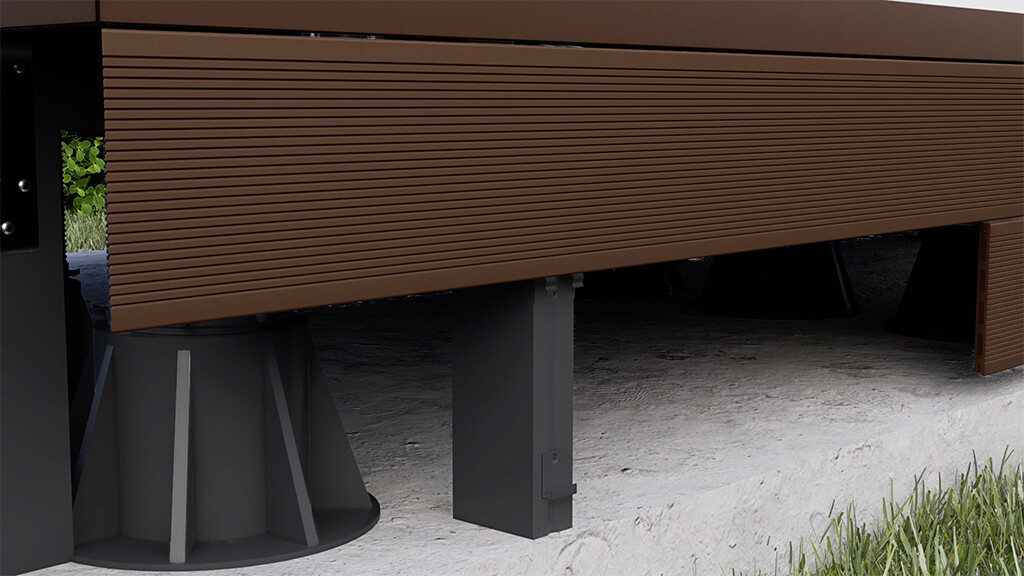
Step 8
Slide the final board between the 3mm or 6mm fixing and a starter fixing.
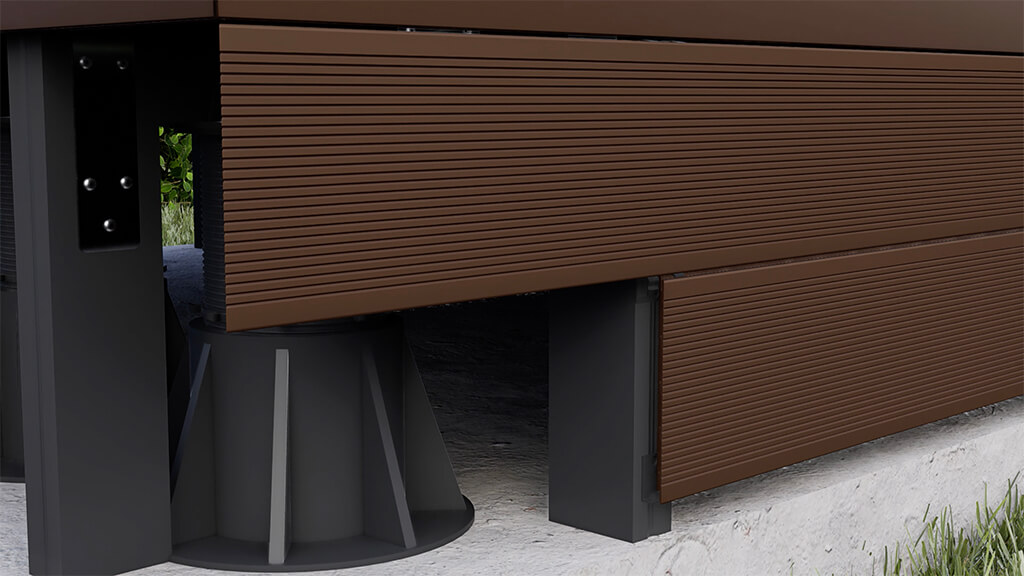
Deck Complete.

At Dino Decking, we specialise in providing high-quality garden products, particularly composite decking, through our e-commerce platform. However, when it comes to the question “Do you fit composite decking?”, the answer is no. We’re not tradesmen or involved in the fitting trade. Instead, our focus lies in delivering top-notch composite decking materials directly to you, the customer, through our online store. We pride ourselves on offering competitive prices by cutting out the middleman, ensuring you receive premium products at affordable rates. With a vast fleet of over 50 vehicles, we’re dedicated to delivering your decking promptly and efficiently once you place your order. So while we don’t provide fitting services, you can trust us to supply you with everything you need to create your dream outdoor space.
Composite products, including composite decking, have become immensely popular due to their durability, low maintenance requirements, and aesthetic appeal. While we, at Dino Decking, don’t provide fitting services, composite decking is relatively straightforward to install, making it a popular choice for garden fitters and carpenters. With its growing popularity, finding reputable tradesmen to fit our products is made easy through various avenues. A quick Google search or checking platforms like Checkatrade can connect you with skilled professionals who specialize in fitting composite decking. These platforms often feature reviews and ratings, allowing you to choose tradesmen with proven expertise and reliability for the job. However, hiring a professional fitter isn’t always necessary. You can confidently tackle the installation yourself by following our extensive installation guide and instructional videos. Even without prior construction experience, you’ll find it manageable. However, if any aspect of the installation process leaves you uncertain, it’s advisable to enlist a professional’s help to ensure safety and precision. Should you proceed with a DIY approach, remember to prioritise your safety by wearing appropriate protective gear.
Business hours
Monday: 09:00 – 17:30
Tuesday: 09:00 – 17:30
Wednesday: 09:00 – 17:30
Thursday: 09:00 – 17:30
Friday: 09:00 – 17:30
Saturday: Closed
Sunday: Closed
Contact us
01942 355968
support@dinodecking.co.uk
Collection Address: Unit 1 Wetheral Close Hindley Ind Estate Wigan WN2 4HS
Pages
Products
Testing
Copyright 2024 Dino Decking Ltd All Rights Reserved.
VAT Number: GB296097848.
Company Number: 10837233.